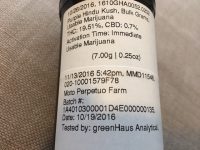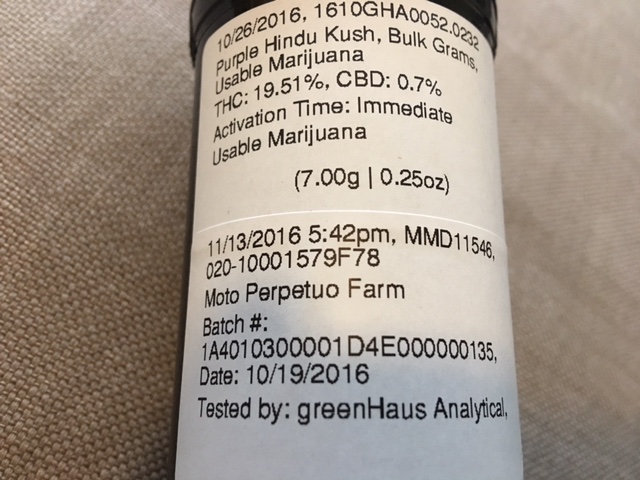Legal marijuana sales are expected to hit $6.7 billion in 2016, with the market expected to climb to $21.8 billion in sales by 2020. As legal cannabis sales rise, cannabis labels are quickly becoming one of the fastest growing markets for label manufacturers.
An Industry Gaining Legitimacy
Since California first legalized medical cannabis in 1996, the cannabis industry has grown considerably. Voters in four states legalized recreational cannabis last week on Election Day, including California, which is currently the world’s 6th largest economy. Voters in another four states legalized medical cannabis as well, bringing the total to 28 states with some form of legalization measure.
The market is moving ahead and will not be limited to small businesses and dispensaries either. Already, more than 50 publicly traded companies have blitzed the market, including pharmaceuticals, medical growers and even major tech companies.

What’s more, public support for full cannabis legalization is at an all-time high 61 percent, according to a recent survey from the AP-NORC Center for Public Affairs Research. The market is here to stay.
Cannabis flower labels
Legal cannabis has primarily consisted of dispensaries selling cannabis flower or leaves (ready-to-smoke marijuana) in pouches or childproof containers. Regulations have essentially required two cannabis labels for the pouches: a branded label on the front and a regulatory label on the back. Many dispensaries also use pre-printed pouches.
Similar to the way alcohol labels must contain information for alcohol content, the informational labels that sit on the backs of pouches are legally required to provide certain accurate information, including:

- THC %
- CBD %
- Net weight in grams
- Lab name and test number confirmation
- Batch number
- Date tested
- Strain name
- Warning Label
And cannabis flower labels are just the beginning. Many smoke-free product categories are emerging with similar labeling requirements. These often allow for increased branding opportunities that will afford better profit margins for label suppliers. Some of the many products in this young category include:
- Edibles — such as dark chocolates, baked goods, snack crackers and teas infused with cannabis.
- Topicals — such as pain-relieving lotions and creams.
- Tinctures — cannabis-infused oils that are applied in drops to the tongue.
Bottom line: For label and packaging suppliers, cannabis represents one of the fastest growing market opportunities today and the opportunities extend way beyond labeling for the flower itself.
Managing Compliance
As more and more states move toward legalization and regulation, uneven laws in different states are increasingly governing the market. Businesses must respond to ever-changing requirements, including labeling standards. While many dispensaries have gotten away with minimalist labels, states are increasingly demanding dispensaries meet more stringent legal requirements. For example, Oregon passed new labeling requirements this year and products that failed to meet them by October 1, 2016 were not allowed on store shelves.
Label suppliers entering the market must keep abreast of the changing regulations and be able to help brands navigate them. They need to work to understand the intricacies of this new market, rather than simply looking to redirect the capabilities they already possess. See the original post here.



